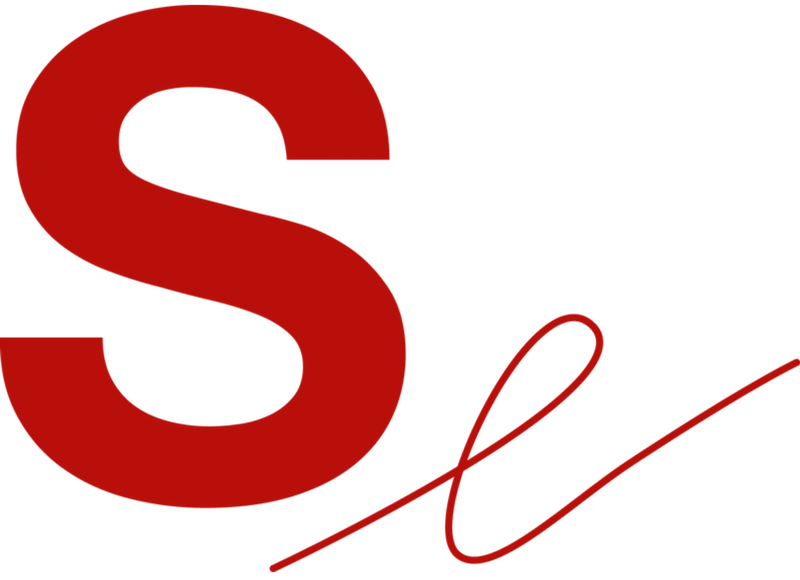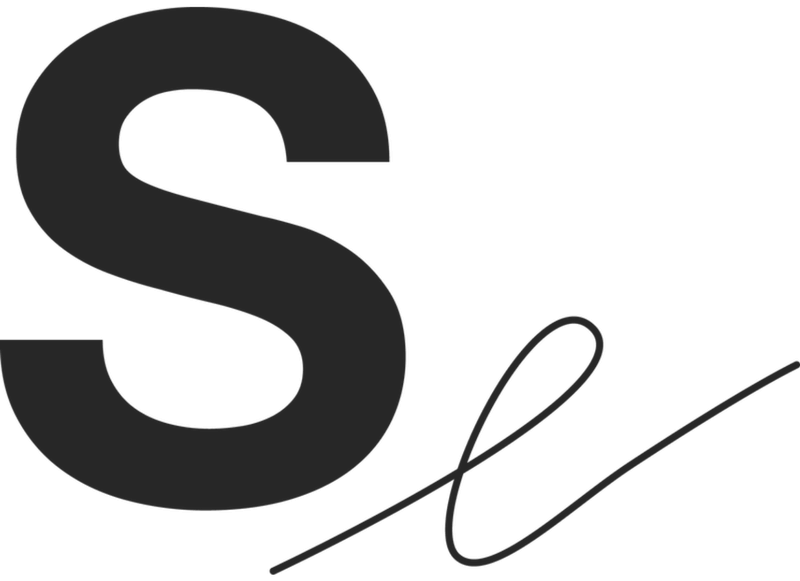WELCOME BACK TO THE 90’s
Welcome back to a new edition of The Weekender… where the Freedom Caucus is flexing its guns, consumers crave the comfort of the 90’s, and Smokey the Bear is having a terrible time. Kick off your weekend with The Weekender.
DATA POINTS
- 37: The number of federal charges to which former President Trump plead not guilty.
- 41: The number of Wheel of Fortune seasons Pat Sajak has hosted. He announced his retirement this week.
- $17.96: The new required wage for app-based delivery workers in NYC, effective July 12.
- 90%: The percentage of people who hold “fundamental biases” against women, per a new UN report.
- $3,499: The price for Apple’s long-rumored Vision Pro headset.
- $290 Million: The amount of JPMorgan Chase’s settlement with victims of Jeffrey Epstein.
The Grand Old Primary Season
Last week, three more Republicans threw their hats in the ring for the 2024 presidential race.
Former New Jersey Governor Chris Christie, a 2016 presidential candidate who bowed out a few months before the GOP primary, has branded himself as a critic of Trump and is known for his stormy tenure. In 2020, Christie was Trump’s sparring partner during debate prep, giving him a potentially unique look into the leading Republican’s playbook. While much of Christie’s policy focus remains to be seen, the former governor is clear that his intention is to beat (up on) Trump.
Former Vice President Mike Pence’s approach is less bull-in-a-China-shop. Pence is positioning himself as a Reagan Republican, setting himself apart with his strong conservative and evangelical values. Pence will likely face an uphill battle, stemming from the unusual prospect of a vice president running against his former ticket mate – and his refusal to aid Trump’s efforts to overturn the 2020 election. Pence hopes to gain traction by focusing his faith and family messaging on Iowans.
If you would have told pundits that a Dakota governor was running for 1600, few would have guessed it’d be Doug Burgum. But those who know the two-term governor caution naysayers who rule him out. “People who sleep on him are doing so at their peril,” said North Dakota Rep. Kelly Armstrong. Burgum has already secured the support of both North Dakota Senators and stated that his main focuses are carbon neutrality and the economy. Can a small-town, self-made leader find a path from the Badlands to the White House? Time will tell.
Read More at The New York Times
Tyranny of the (Minority of the) Majority

Although the total size of the group is not public, the caucus is believed to have roughly three dozen members.
And while that number may seem insignificant, in a House makeup of 222 Republicans and 212 Democrats, if even a fraction of their ranks disagrees with Speaker McCarthy, they can block Republican initiatives. (Remember the Speaker of the House election earlier this year?)
The group is anything but monolithic. They squabble with each other over legislative priorities and oftentimes vote in opposition to each other. For example, Ohio’s Rep. Jim Jordan, a key member of the Freedom Caucus, voted in favor of Rep. McCarthy becoming Speaker of the House from the outset.
The caucus is pro-Trump and about as far right as elected officials can be in Congress. Thirty-eight of their members questioned the validity of the 2020 election, and their platform includes a tax code overhaul that would remove taxes pulled from paychecks so individuals would only pay taxes when they spend, not earn, money.
An Ode to Vintage and Vinyl

Why does this tactic work?
Gregory Carpenter, professor of marketing strategy at Northwestern University, said that “people become especially nostalgic when they are anxious about the present and, especially, the future. The past is safe because it is completely predictable. Connecting with the past through familiar, loved brands transports people to another time by evoking the same feelings they experienced so long ago.”
While companies may or may not intentionally bank on their customers being anxiety-ridden, they understand that people are most comfortable with what they know. People feel more at home amongst the vintage, the vinyl, and the veritable, and the pursuit of the old is sold on the technology of today.
Smokey the Bear’s Worst Nightmare

Although the Eastern Seaboard is not out of the burning woods yet, this week’s smoke forecast looks more pleasant than last week. The air quality is improving and Northeastern rain will tamp down the airborne particles. Canadian rains are a blessing too since many of the wildfires are raging in remote areas devoid of the human infrastructure critical to deploying firefighters.
There are still 130 active wildfires currently ablaze across Quebec, so people who live along the Atlantic Ocean should remain vigilant to keep safe from the harmful toxins in the smoke.
Advice for a Rainy Day

While some (like Apple and Google) have fared better than others, more than 200,000 tech industry workers have been given the sack in 2023 alone. The crypto crash, AI becoming a valuable replacement to human capital, and the misfortunes of Silicon Valley Bank all have a hand in deciding the ebbs and flows of tech’s success.
Luckily, Strategic Element’s Vice President of Communications Maura Kennedy, provided key insight for companies facing the dire economic straits leading to layoffs in Forbes:
“Keep in mind that anytime information is shared in writing, it can be forwarded to outside stakeholders, including media, possibly leading to a news story or becoming a direct quote attributed to the company in a larger story. It’s also important to understand that not sharing enough information may lead to more questions, causing suspicion, while oversharing can create more follow-up stories.”
Read More of Maura’s Forbes Contributions
Giving Credit to Clean Energy

How? Clean energy companies that do not utilize all their tax credits can sell them to other companies looking for a lower tax bill.
For example, a Midwest solar installer could sell its tax credits to an East Coast tech company that had no involvement in the project but could use a tax reduction. Income tax-exempt entities like state and local governments, universities, nonprofits, and Native American tribes can also participate. These subgroups will instead receive a direct cash payment for their involvement equal to the tax credit which would have been granted a for-profit entity.
Some Republicans, though, are concerned the clean energy subsidies are more akin to spending increases than tax cuts. As such, some conservatives sponsored legislation that would reduce the government-funded tax breaks provided to clean energy developers.
Read More at The Wall Street Journal
INTERNATIONAL SPOTLIGHT
Israel to Construct New Housing in the West Bank
The Israeli government announced its intention to build thousands of new housing units across settlements in the occupied West Bank. President Biden responded that his administration is diametrically opposed to the move, a stance largely backed by the international community that considers Israel’s settlements illegal under international law.
According to the Carnegie Endowment for International Peace, Israeli settlements pose direct challenges to finding a two-state solution where Israel and Palestine exist as separate, autonomous states. The Israeli government is using military force to evict Palestinian families from their homes, a move some say undermines Palestinian sovereignty, security, and access to resources.
Civil peace in the Middle East is rarely absolute.
This move puts security and stability on the lines as Israel is expected to proceed with at least 4,000 new settlement housing units within the next few months.
FEATURED TWEET
See you next week!






